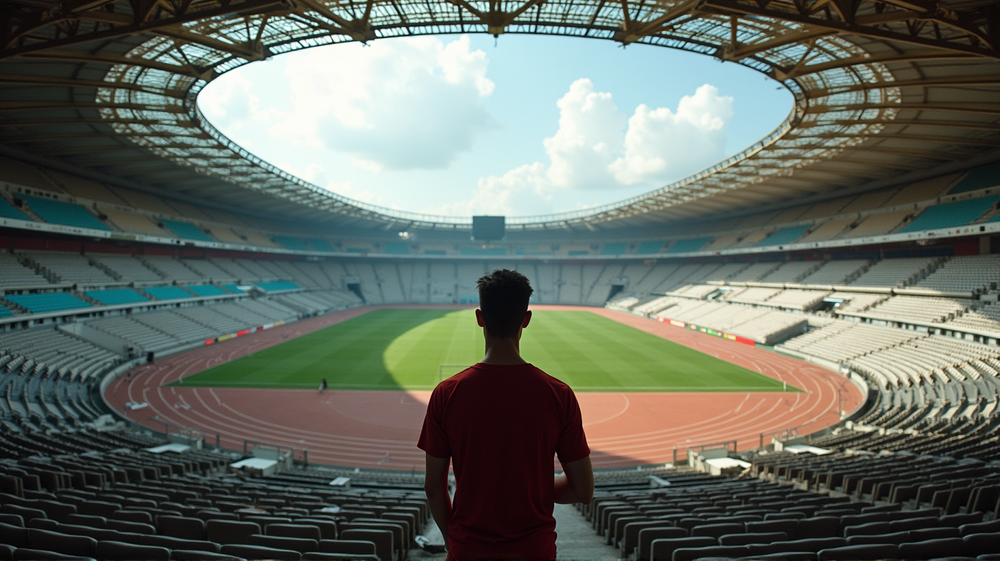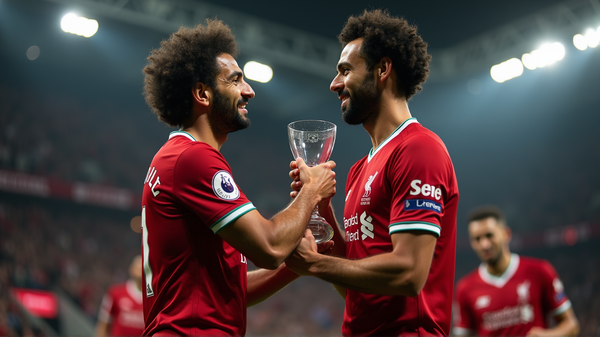Crimea’s Abandoned Sports: A Tale of Lost Glory and Isolation
Once a thriving hub for international competitions, Crimea now stands as a shadow of its former self, with its sports infrastructure in rapid decline since the 2014 occupation. As reported by the online media Suspilne, the peninsula, which hosted prestigious events like the European Rally Cup and world rock climbing championships, now faces international isolation and the crippling of its sports facilities. This article explores the decline of Crimea’s once-vibrant sports culture and the challenges faced by its athletes on the world stage.
Isolation on the International Stage
Before 2014, Crimea was an indispensable location for international athletes, offering unique conditions for training and development. However, post-occupation, the peninsula has seen a drastic decline in its global sporting presence. No official tournaments have been held since, shrouding the region in a veil of international seclusion and hindering opportunities for Crimeans in international sports.
Crumbling Sports Legacy
The changes in Crimea’s infrastructure have been monumental. The Olympic base in Alushta, once bustling with athletes, has lost its prominence, while the once-renowned Dynamo sports complex in Simferopol was demolished. Equally troubling is the fate of the SKIF sports base, recently listed for sale, and the abandoned Tavriya football club training grounds, hinting at a systematic neglect of sports heritage.
Paralympic Base in Feodosia: A Symbol of Lost Prestige
In Feodosia, the once-celebrated Paralympic base now serves under Russian command. Known for its world-class facilities, its appropriation by the occupiers portrays a broader narrative of lost opportunities for Paralympic athletes who trained there, epitomizing the crippling effect of occupation on sports excellence.
Athletes Amid Isolation
Crimean athletes now find themselves mainly participating in regional competitions in Russian cities like Krasnodar and Armavir. International prospects remain grim, especially since Russia’s sporting isolation due to the geopolitical climate. This setback limits Crimeans’ participation in global events, depriving athletes of opportunities to showcase their talent on the world stage.
Futuristic Yet Propagandist Investments
Despite the current scenario, investments in sports infrastructure continue, not for competition’s sake but as a means of propaganda. New facilities are emerging, attracting youth with the promise of development, yet instilling a narrative that intertwines sport with political loyalty to Russia.
Hope in the Shadows
Yet, all is not lost. Crimean athletes who stayed loyal to Ukraine continue to achieve success internationally. Their perseverance reflects a deep-rooted dedication to the sport beyond political boundaries. Success against all odds, these athletes keep the spirit of Crimean sports alive, serving as a beacon of hope for future generations.
Conclusion
The tale of Crimea’s sports post-occupation is a complex tapestry of loss, resilience, and unattainable dreams. While the infrastructure crumbles, the spirit of its athletes endures, waiting for a revival of the glory days when sports reigned supreme on the peninsula. The isolation challenges today’s athletes but also unites them in a shared hope for a brighter sporting future.




